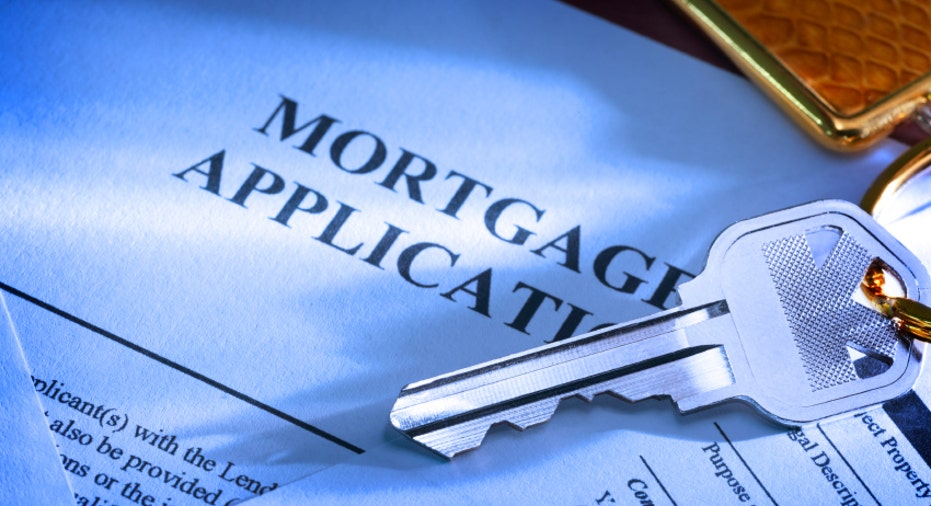Fed Lays an Egg and Mortgage Rates Bunny-Hop Up

Mortgage rates inched up this week after the Fed signaled to investors that it won't buy more bonds to provide further stimulus to the U.S. economy.
The benchmark 30-year fixed-rate mortgage rose to 4.25 percent, compared to 4.23 percent the previous week, according to the Bankrate.com national survey of large lenders. The mortgages in this week's survey had an average total of 0.39 discount and origination points. One year ago, the mortgage index was 5.08 percent; four weeks ago, it was 4.11%.
The benchmark 15-year fixed-rate mortgage fell to 3.42% from 3.44% the previous week, and the benchmark 5/1 adjustable-rate mortgage rose to 3.15% from 3.14%.
Fed can't keep rates low forever
The Fed has helped to keep mortgage rates artificially low through its continuous purchase of government and mortgage bonds, which is a policy known as quantitative easing.
Many investors hoped the Fed would add another round of stimulus, but most Fed members lean away from that idea and seem ready to let the U.S. economy stand on its own. At least, that is the message investors got Tuesday, after the minutes from the last Federal Open Committee Meeting were released.
"The U.S. government can't buy its own debt forever," says Brett Sinnott of CMG Mortgage in San Ramon, Calif.
What does that mean for borrowers? It means rates won't stay low forever. Rates started to climb as soon as the FOMC minutes came out Tuesday afternoon, but they adjusted down a little after Spain's troubled bond market made the headlines Wednesday morning.
The consensus in the mortgage industry is that rates will climb from their lows by the end of the year. There's still time
For now, borrowers still have a chance to grab a low rate.
"I'm not expecting to see rates under 4% on a 30-year like we did before, but 4.25 is not insanely bad," says John Stearns, a mortgage banker at American Fidelity Mortgage Services in Mequon, Wis.
Volatility in rates: Should you lock or wait?
Mortgage rates are expected to seesaw in coming weeks as the market enters a volatile period, says Bob Moulton, president of Americana Mortgage in Manhasset, N.Y.
"You might see them spike and trickle down," Moulton says.
When rates are too unstable, some borrowers may have doubts about whether they should wait for rates to drop after a spike or lock, so they don't risk missing the boat.
It depends on the borrower's situation, but in general, it is wise to lock, Moulton says. "If you lock and they do come down, you can possibly renegotiate with the lender," he says. "If you don't lock, there is nothing we can do if rates go up."
He recommends that borrowers ask their lenders in advance about their policy on floating rates and their flexibility on renegotiating rates in case they fall. Are unstable rates good for the market?
This cycle of volatility might spur refinances and the housing market, Moulton says. "The spikes around the cycle will push people who were on the fence to buy houses and refinance."
Moulton says he helped many borrowers last week who wanted to lock as rates recovered from the previous week's climb.
The volume of mortgage applications nationwide increased 4.8% last week, compared to a week earlier, according to the Mortgage Bankers Association, or MBA. Buyers get off the sidelines
While most of the mortgage applications come from refinancers, activity from buyers has increased, the MBA says.
"Applications to buy a home picked up last week, and they are running more than 2% above the level reported at this time last year," says Michael Fratantoni, the MBA's vice president of research and economics. "Home purchase applications for conventional loans are now about 10% above last year's level."
Homebuyers certainly are getting off the fence, Stearns says.
"Renters are realizing, when they talk to people, you've got the perfect market," he says. "Rates are low; prices are low; and they'll go up sooner than later. Trying to guess the bottom is not a wise thing to do."



















